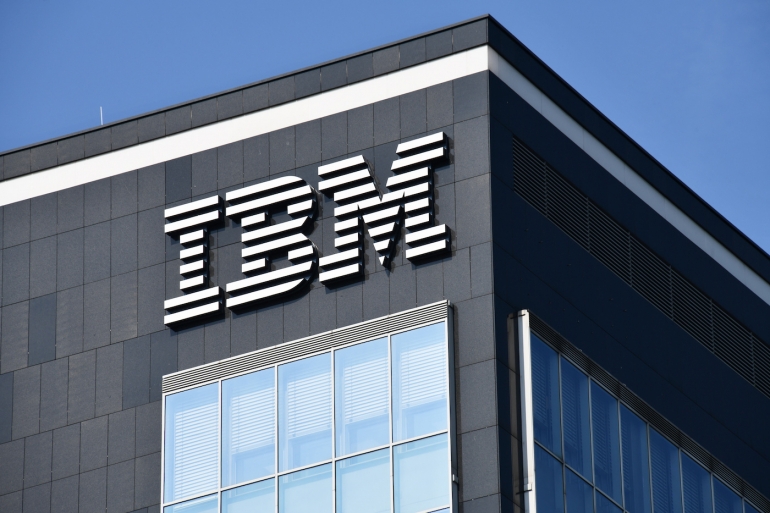IBM’s revenue fell short of Wall Street’s projections in Q2, facing headwinds from a decline in sales of its mainframe computers. As businesses tighten their belts in response to growing inflation, technology expenditure has taken a hit, impacting IT budgets across industries.
The completion of the mainframe computer cycle, which had been launched the previous year, resulted in a lack of revenue growth in the United States and Western Europe. As a result, the mainframe segment of IBM’s business experienced a significant decline of 14.6%, adding to the company’s challenges during the quarter.
IBM’s software and consulting segment, particularly RedHat, also faced a slowdown in growth due to reduced IT expenditure. This downward trend is in line with the broader decline in demand that Accenture and Tata Consultancy Services have also reported recently.
The company’s total revenue for the quarter ending June 30 decreased by 0.4% to $15.48 billion, slightly below the average analyst forecast of $15.58 billion. Despite these hurdles, IBM was not without its bright spots.
To enhance its AI offerings and bolster its software business, IBM introduced the watsonx platform during the quarter. This move proved timely as enterprise digitization projects contributed to a 7.2% growth in the software segment, which reached $6.6 billion in revenue.
Furthermore, IBM managed to exceed analysts’ predictions on earnings per share. Excluding special items, the company earned $2.18 per share, surpassing the expected $2.01 per share. This positive outcome indicates that IBM’s strategic efforts and focus on software and AI capabilities have mitigated some of the challenges posed by the decline in mainframe sales and overall technology spending.

